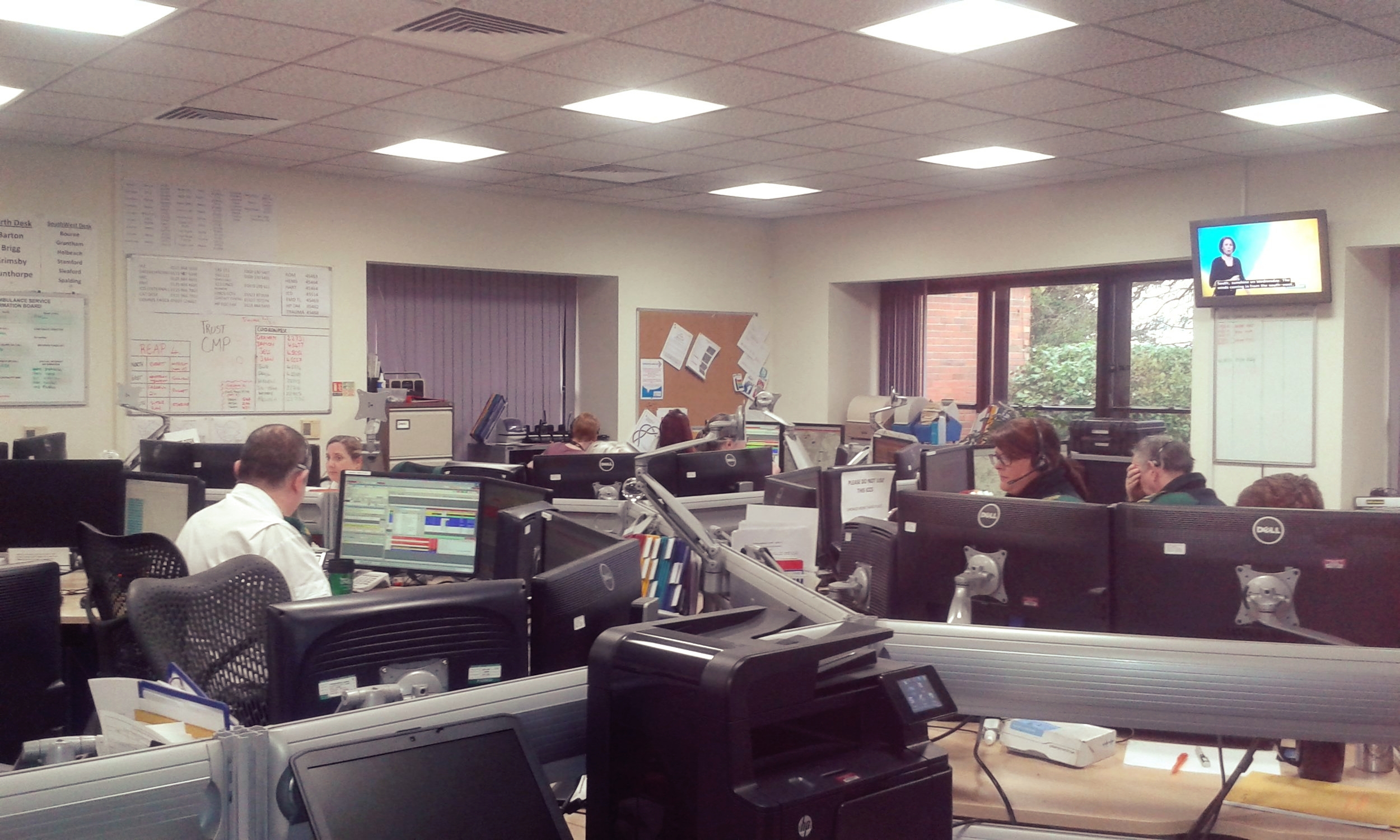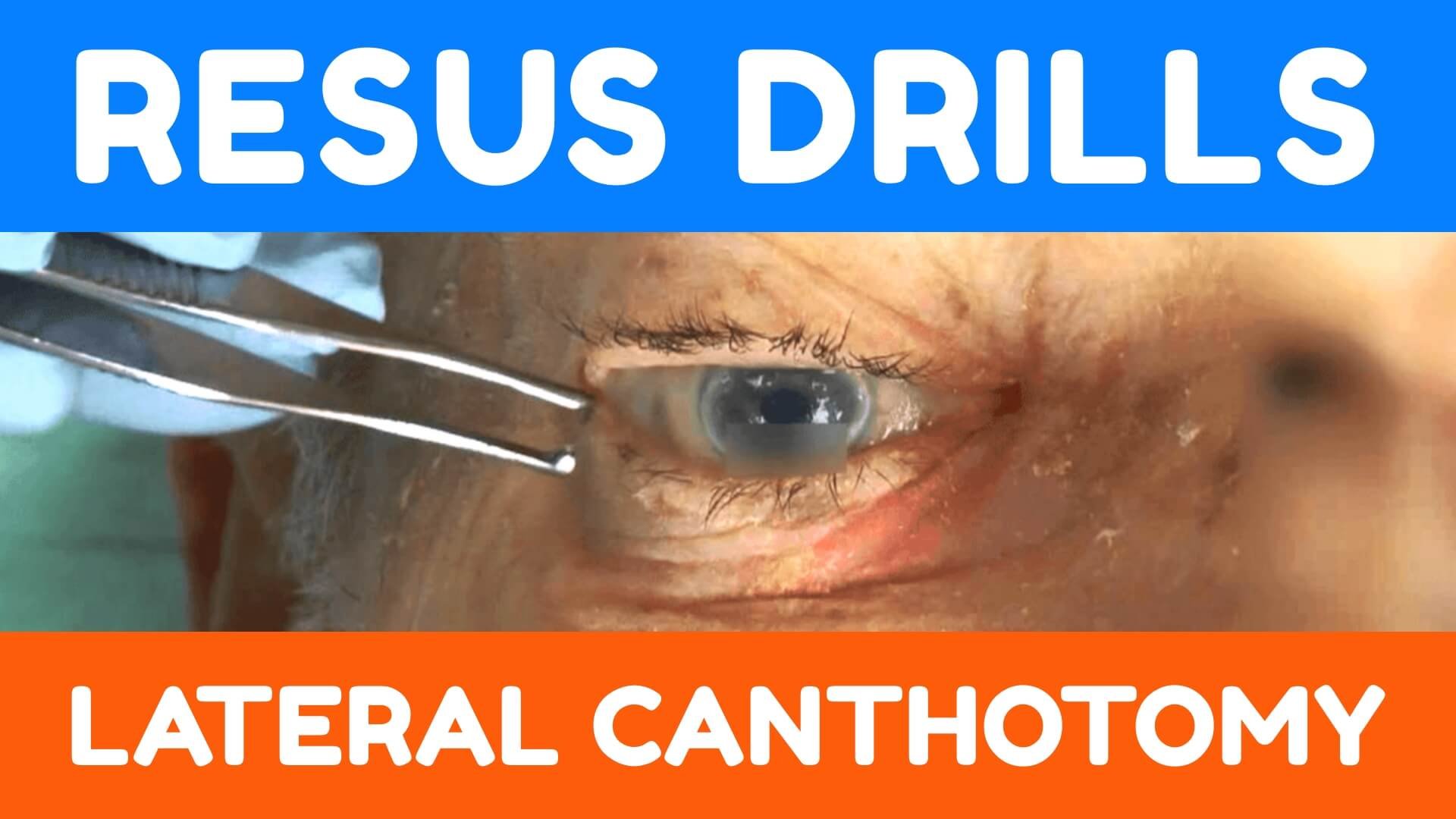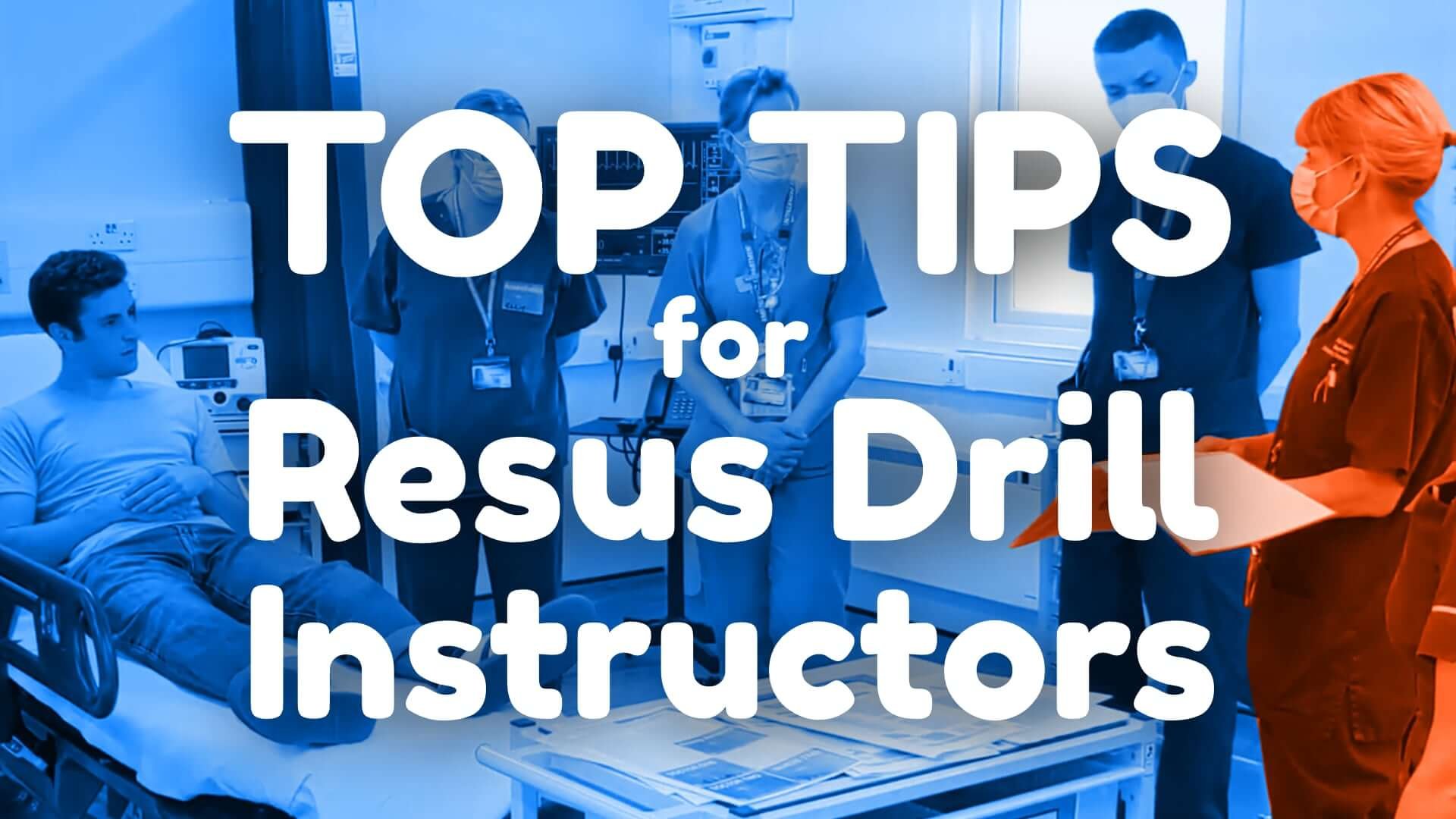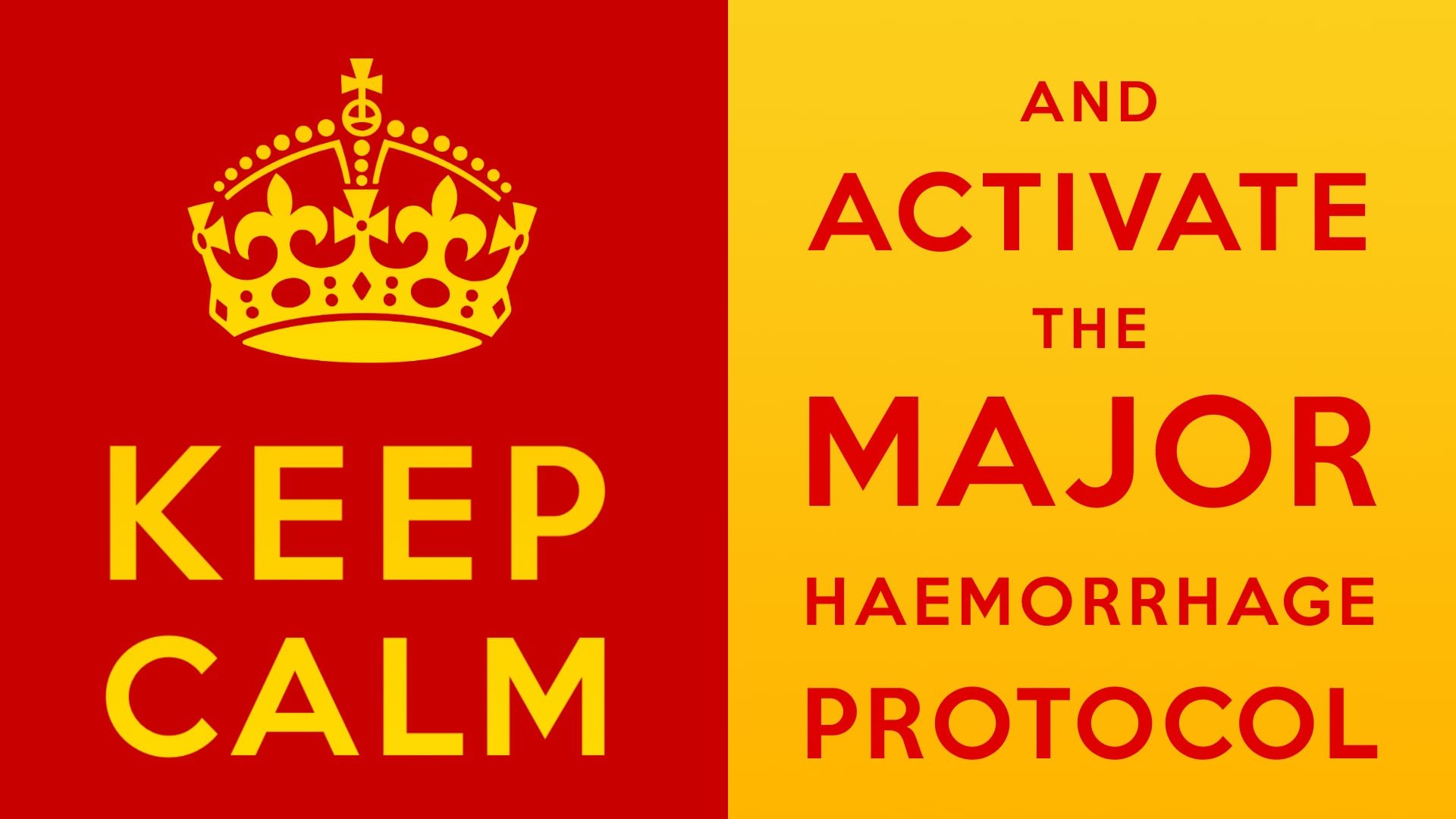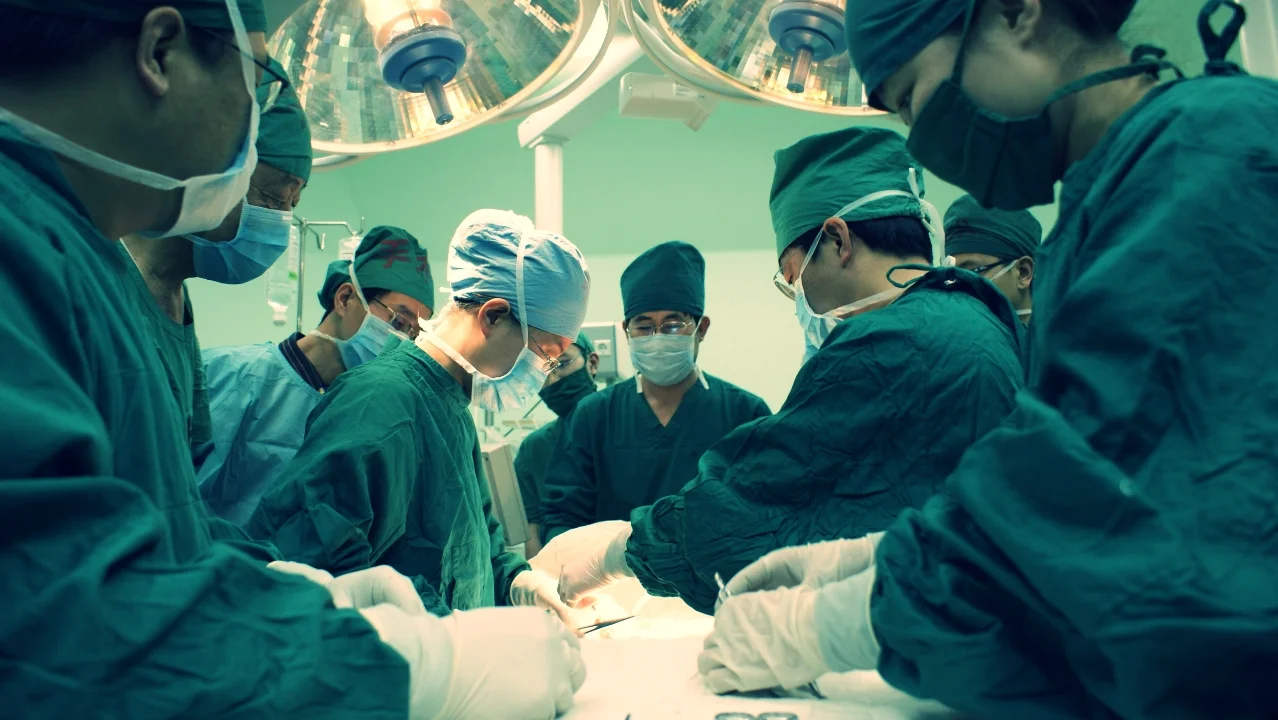EMAS Ambulance Control
One of the nice things about Pre-Hospital Emergency Medicine (PHEM) Training is that it goes beyond “just” clinical medicine, and if you look at the curriculum, you’ll see that it encompasses a whole host of other elements of pre-hospital medicine such as Control, Crew Resource Management, Legislation etc.
Last October, I was very fortunate to be able to spend a day in the control room of @EMASNHSTrust, to find out a bit more about what the oft ethereal and mystical “control” actually does.
I suppose the first thing to say is that Control isn’t one person, it’s actually a team of teams of people; broadly speaking they’re split into the following groups, and over the course of the day I was able to spend time with each of them:
Call takers
Dispatchers
Clinical Advice
Specialist roles
And whilst the rest of this article is going to talk about my experiences in a specific Control Room, every ambulance trust will have a broadly similar setup with people fulfilling similar roles. In addition to this there are people responsible for managing the Control Room as a whole, and troubleshooting any issues that may arise.
Call Takers
This is the group of people that you speak to when you dial 999, they have a very specific ‘script’ to follow, encompassing branching logic to ensure that a call is categorised appropriately and that the most appropriate response is allocated to it by the dispatchers. Additionally, it includes telephone advice on what to do / how to manage certain situations, for example: epistaxis or CPR.
There are many different systems in use to guide call takers through this process, examples include the AMPDS and NHS pathways systems. An example AMPDS card was floating around Twitter recently, although I don’t recall seeing it in the backup stack when I was having a look through,
Whilst listening to the call takers I was amazed at how calm they managed to be, despite having to speak to some very distressed people who were sometimes confused, agitated, upset, and often in very distressing circumstances. They were calm and professional and ensured that they got the information that was required to put into the CAD (Computer Aided Dispatch) system so that help could be arranged. I think it’s fair to say that I don’t think I could do their job, and I have the utmost respect for what has to be, on occasion, an extremely challenging role.
Dispatchers
One of the first things that the Call takers establish is the exact location of the incident, this is obviously easier if the call is made from a landline as opposed to a mobile phone. As soon as this is known, the dispatchers can start to consider which resource(s) they can send to the incident. As further information is established by the call takers, so the priority of the call can be established, and this then helps them to decide who to send.
Options include a clinician on a car, ambulance, officer, Community First Responder (CFR) or multiple resources (they also work closely with the specialist dispatchers – see below, if specific resources are needed).
Because of the constant supply of new calls coming in with different priorities, and different locations, this isn’t as easy as it initially sounds. Sometimes an ambulance may need to be ‘diverted’ from a lower priority call to a higher one if it is the closest resource. The CAD system is able to help with this decision making by showing locations and ETA’s, but it’s still down to the dispatchers to work out who to send. To make this easier, the dispatchers are split into teams covering different geographic areas, for example: a county. They have a ‘pool’ of crews that they allocate jobs to in order to ensure adequate cover across the region.
Clinical Advice
Sometimes, people who call 999 will have their call prioritised as a Green 3 or Green 4. This means that a clinician (usually a paramedic or nurse) based in the control room will speak to the caller to establish what is wrong with the patient, and whether a ‘blue light’ ambulance is required, or whether the patient can be directed to a more appropriate care pathway, be it self care, pharmacy, minor injuries, GP, or making their own way to an Emergency Department.
The other part of the clinical advice role is receiving calls from ambulance crews who have a question about the care of the patient they’re seeing, or want some advice or a second opinion.
It was very interesting watching the clinical advice team do their work, and listening to how they work through a similar process to the one I work through when I’m seeing a patient face to face, to establish what is happening and then make appropriate decisions about further care. I suppose the trickiest thing about this role is the fact that you can’t see the patient, so you have to rely on what you’re being told, since that person is quite literally your ‘eyes and ears’.
Specialist Roles
This is probably the best term I could think of to describe the people responsible for dispatching the ‘special’ resources, by this I mean the HEMS and HART teams, alongside management of the bigger incidents requiring multiple resources, this means that the dispatchers can continue with their routine work of ensuring that other emergency calls are covered.
These are obviously the people that I usually speak to when I’m working in my PHEM role, so it was great to be able to put faces to names. Alongside being alerted to incidents by others in the control room, the dispatchers on these desks were constantly scanning through the CAD, looking for jobs that might need input from specialist teams, listening in on calls as they were still taking place, and getting updates from crews who were with patients to see if further assistance was needed.
Overall it was a great day, and it was fantastic to get an insight into how Control works. I’d like to say another big thank you for @EMASNHSTrust for having me, it was great to meet everyone and I look forward to speaking to you soon.



